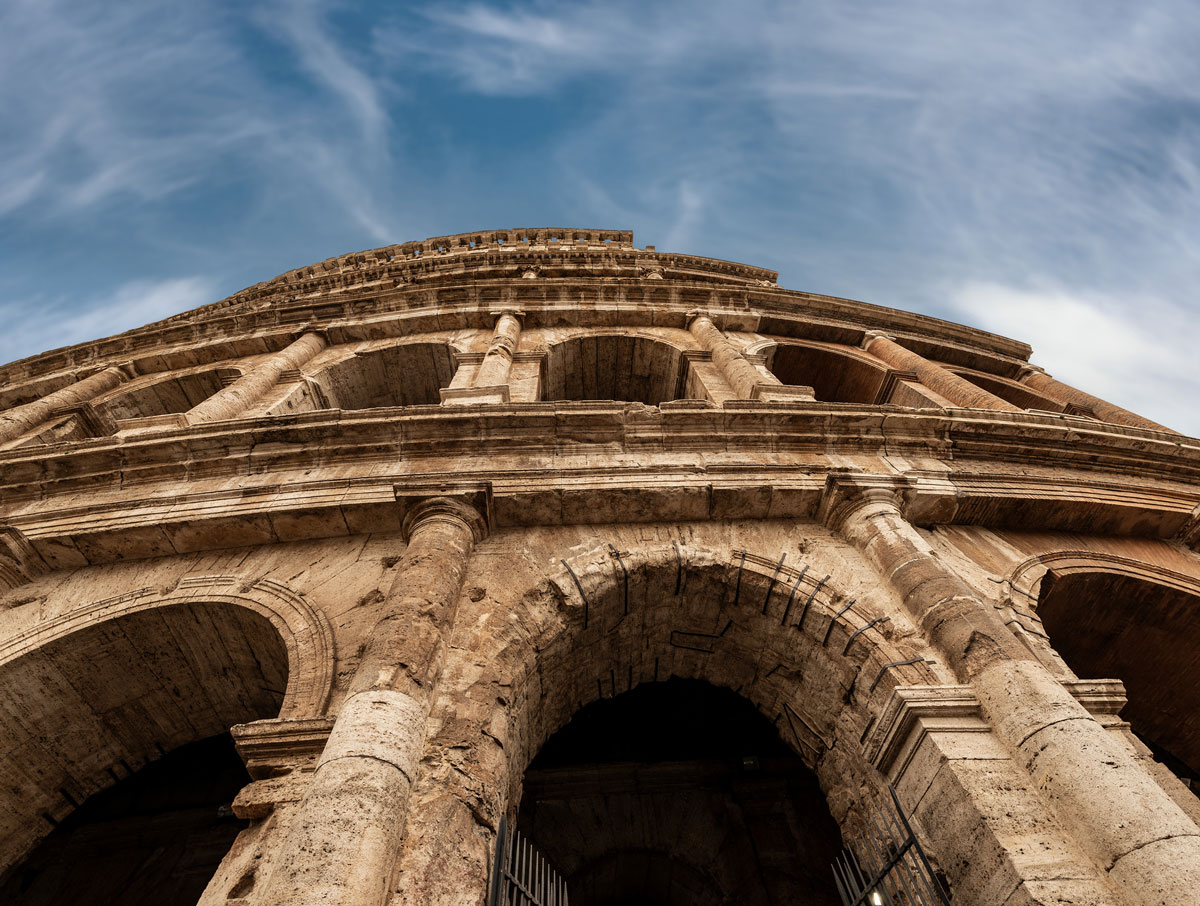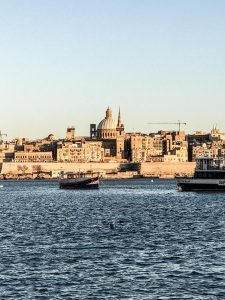No, no, no civfan. You have misunderstood. More propably I was not clear enough.
The map that has the "strange" info is NOT THE ONE that i have posted.
It is P.Connoly's map in "Greece and Rome at War". It supposedly shows the Roman frontier regions and field armies according to the enigma that calls itself Notitia Dignitatum in 395AD. Your link however provided me with a lot of information. Many thanks.
The map that has the "strange" info is NOT THE ONE that i have posted.
It is P.Connoly's map in "Greece and Rome at War". It supposedly shows the Roman frontier regions and field armies according to the enigma that calls itself Notitia Dignitatum in 395AD. Your link however provided me with a lot of information. Many thanks.







Comment